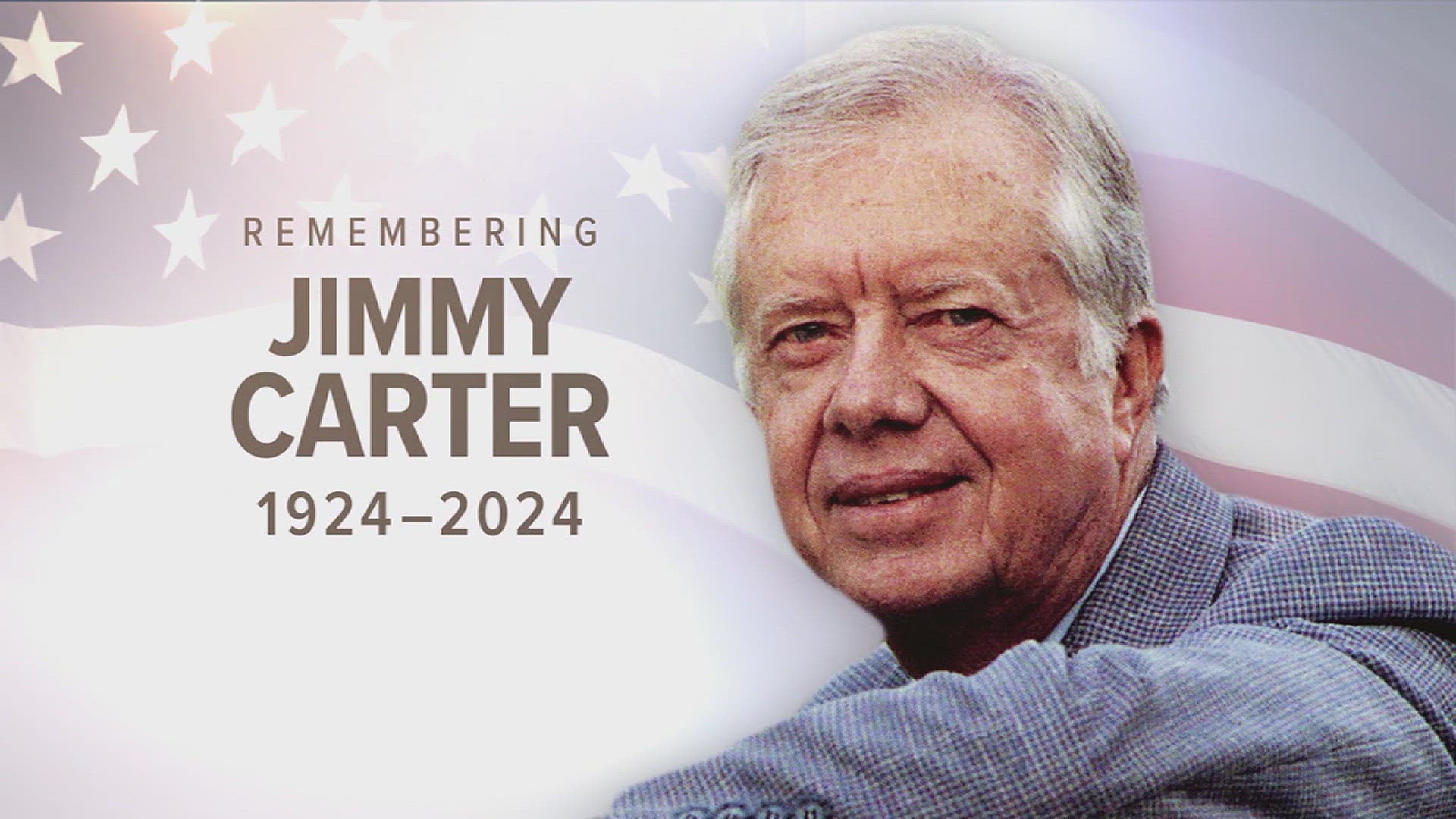(Akiit.com) For a brief moment in the late 1990s there was a glimmer of hope that America’s incarceration juggernaut would slow down. The Sentencing Project which compiles an annual report on crime and punishment in the nation found a slight percentage drop in the incarceration rate in state prisons. That was due to a mix of better economic times, a slight up tick in drug and counseling and rehabilitation programs, and better community outreach by police departments. The thaw in the hard-line take no prisoner approach to crime and punishment didn’t last. In 2007, according to a report from the Pew Center of the States, more persons were in American jails than ever. So many, that the United States now has the shameful distinction of being the world’s runaway jailhouse leader. It locks up one-quarter of the world’s prison population.
The Pew report found three more disturbing problems in America’s staggering jail numbers. One is that judges who would likely opt for community based corrections programs such as fines, restitution; home detention, probation, electronic monitoring, and drug diversion programs don’t because these options are scare. The programs are poorly funded and operated, or are non-existent. Another problem is that black males still make up more than half of America’s prison inmates. They are four times more likely than whites and twice as likely as Hispanics to be jailed. The disproportionate number of blacks jailed hasn’t budged in the past decade. The other problem is that a significant percent of them are locked up for non-violent petty crime and drug offenses.
Putting thousands of black men behind bars for mostly non-violent offenses has had staggering consequences. It has wreaked massive social and political havoc on families and communities. It has been the single biggest reason for the bloat in federal and state spending on prison construction, maintenance, and the escalation in the number of prosecutors needed to handle the continuing flood of criminal cases.
The stock reason for criminalizing a huge segment of a generation of young blacks is that they are crime-prone and lack family values. But reports and studies by the Justice Department, the U.S. Sentencing Commission, as well as universities and foundations confirm that broken homes and bad genes have little to do with crime rates. High joblessness, failing public schools, budget cutbacks in skills training and placement programs, the refusal of employers to hire those with criminal records, and the gaping racial disparity in the drug sentencing laws are the major reasons why far more blacks than whites are behind bars.
The scapegoat of blacks for America’s crime and drug problem actually began in the 1980s. Much of the media quickly turned the drug problem into a black problem and played it up big in news stories and features. Many Americans scared stiff of the drug crisis readily gave their blessing to drug sweeps, random vehicle checks, marginally legal searches and seizures, evictions from housing projects and apartments. When it came to law enforcement practices in the ghettos and barrios, the denial of civil liberties protections, due process and privacy made a mockery of the criminal justice system to many blacks and Latinos.
State legislators haven’t helped things. Many are scared stiff that a too aggressive push for increased funding and expansion of drug diversion and probation programs will stir voter backlash. The big dread is that they will be tarred as soft on crime, and could be dumped from office.
That’s turned a horrid situation into a public policy nightmare. States now do one of two things to deal with an out control prison population. They enact or try to strengthen drug treatment and diversion programs or release prisoners. This has little to do with a new found enlightenment on punishment. Prisons are big, dangerous, and inefficient and most of all expensive. It costs twenty times more to lock up inmates than to support community based corrections programs.
States such as California have been slapped with federal court orders to provide better medical treatment to inmates, and to relive overcrowding. This costs money; money that many states don’t have. But any talk of the release of thousands of prisoners brings an instant voter outcry. The states, though, created the problem with their policy of jail first, rather than rehabilitation programs. It’s a problem that they can no longer dodge.
With increasing hard economic times, the prospects of even more young, and poor blacks being steamrolled by the prison juggernaut looms even greater. This increases the urgency for prison and state officials to cease squandering scarce resources on wasteful, racially-flawed criminal justice policies that target mostly, poor, and desperate non violent offenders. The answer is to rely on more sound cost effective and humane programs such as drug, job, skills and family support programs to bring to a screeching halt the incarceration juggernaut.
Written By Earl Ofari Hutchinson









Leave a Reply